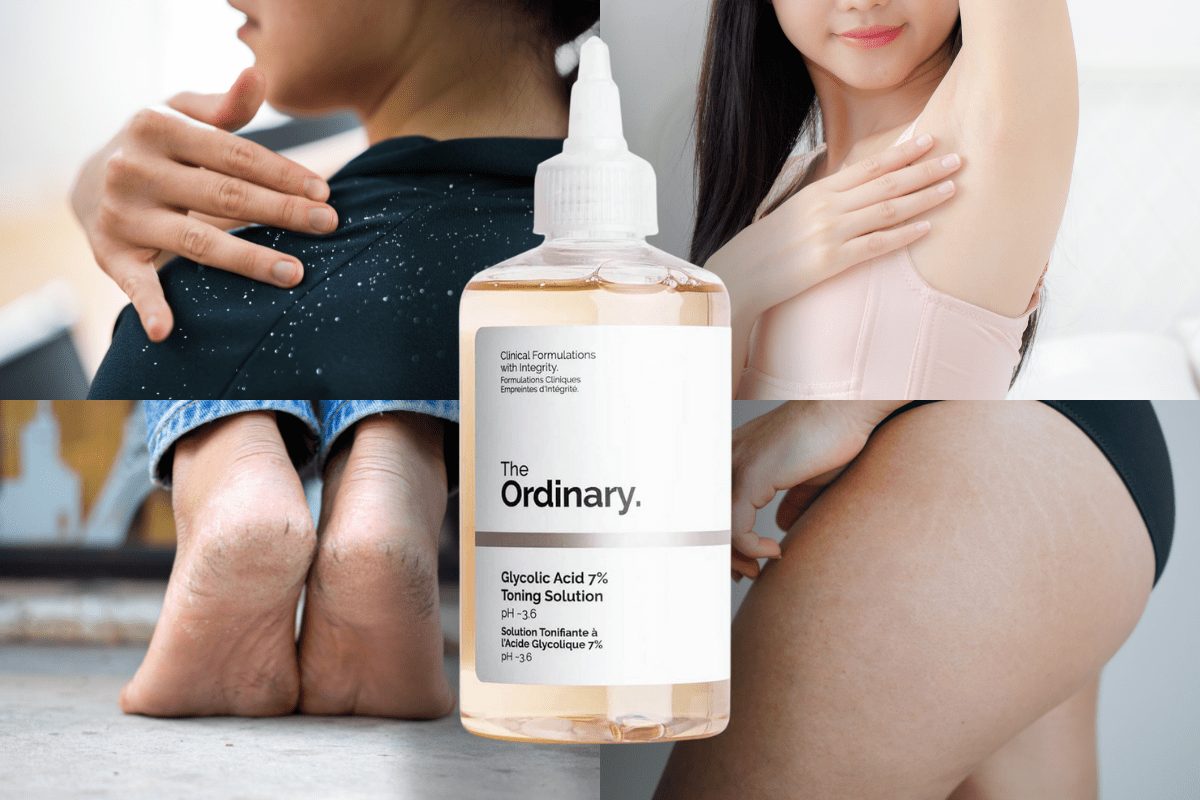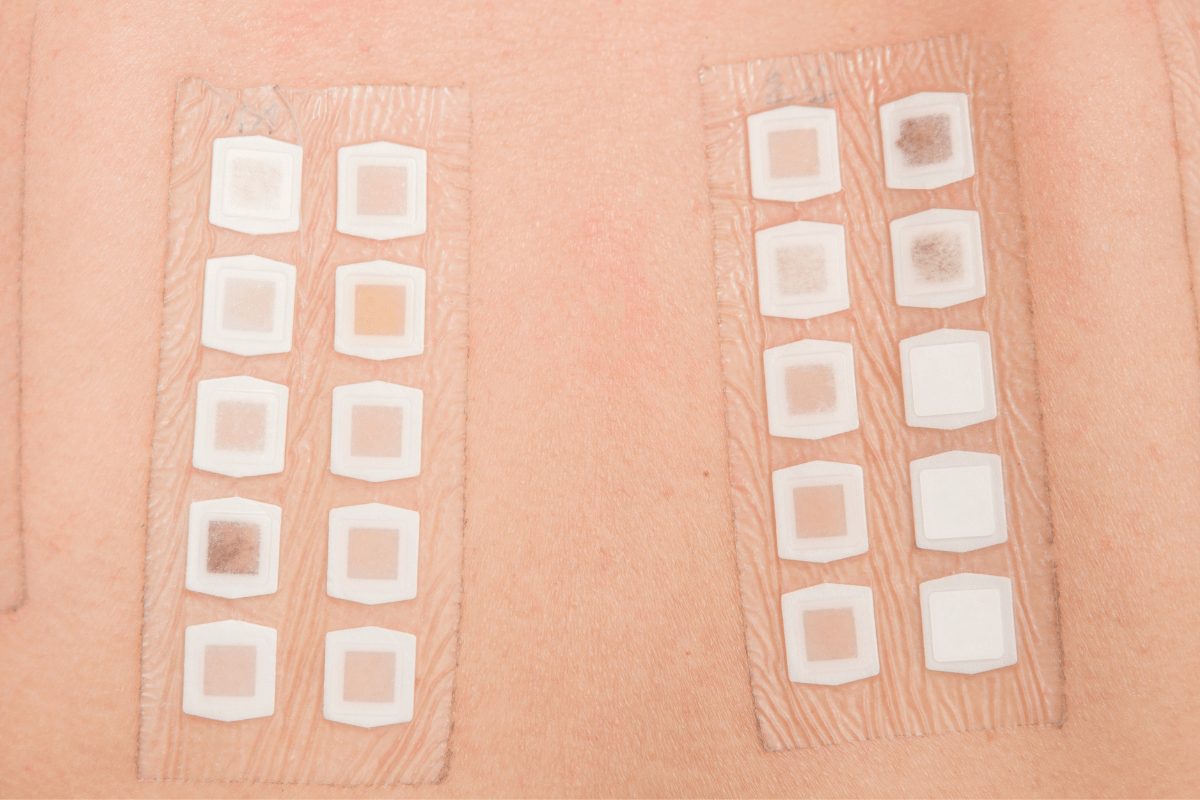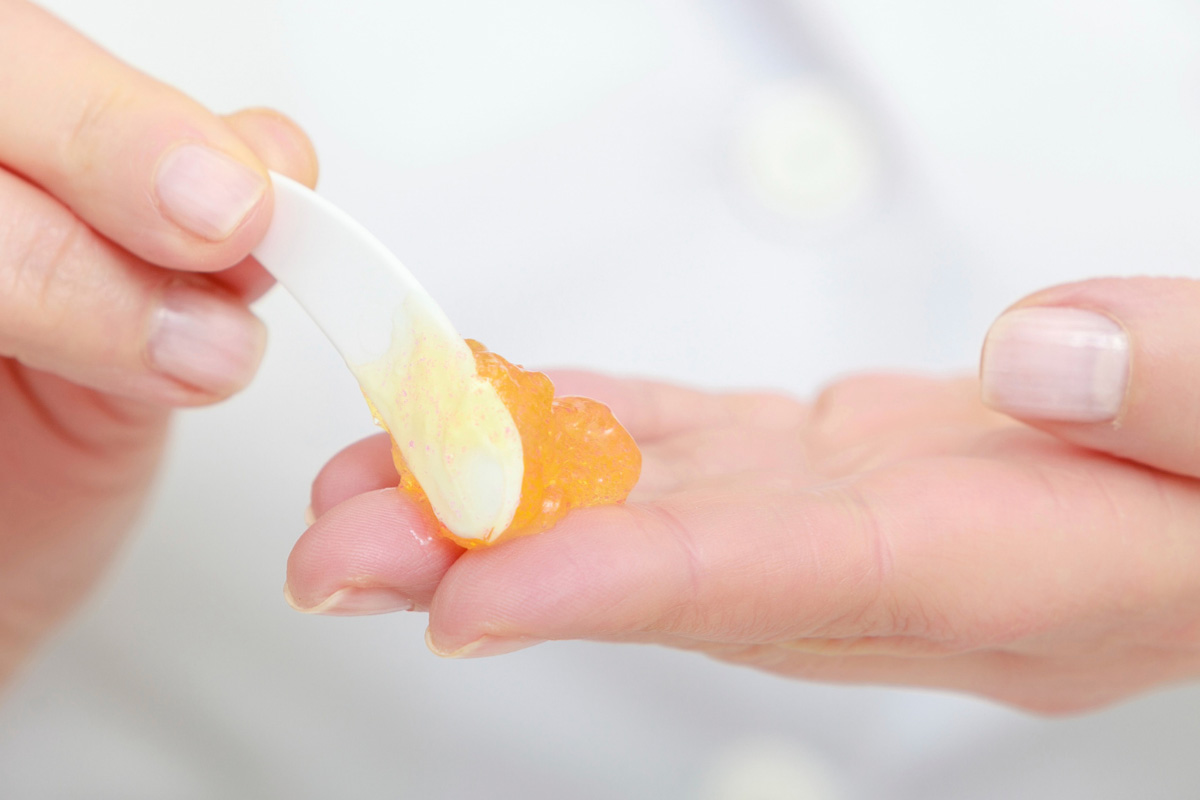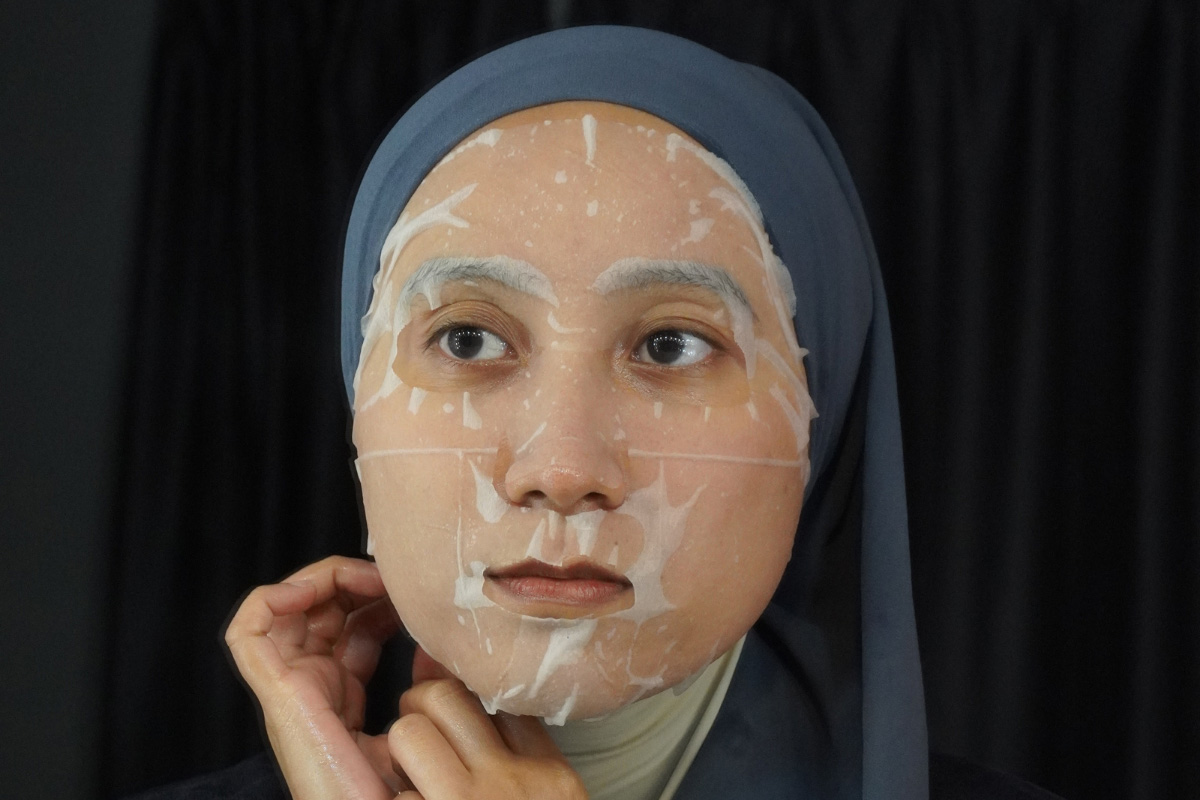No products in the cart.
- February 14, 2022
- How To
- By Aqalili Azizan
Skincare School: How to Apply Face Sunscreen
We tapped on to explain how to apply sunscreen to the face correctly, three types of sunscreen and the difference between sunscreen and sunblock in this guide.
Table of Contents
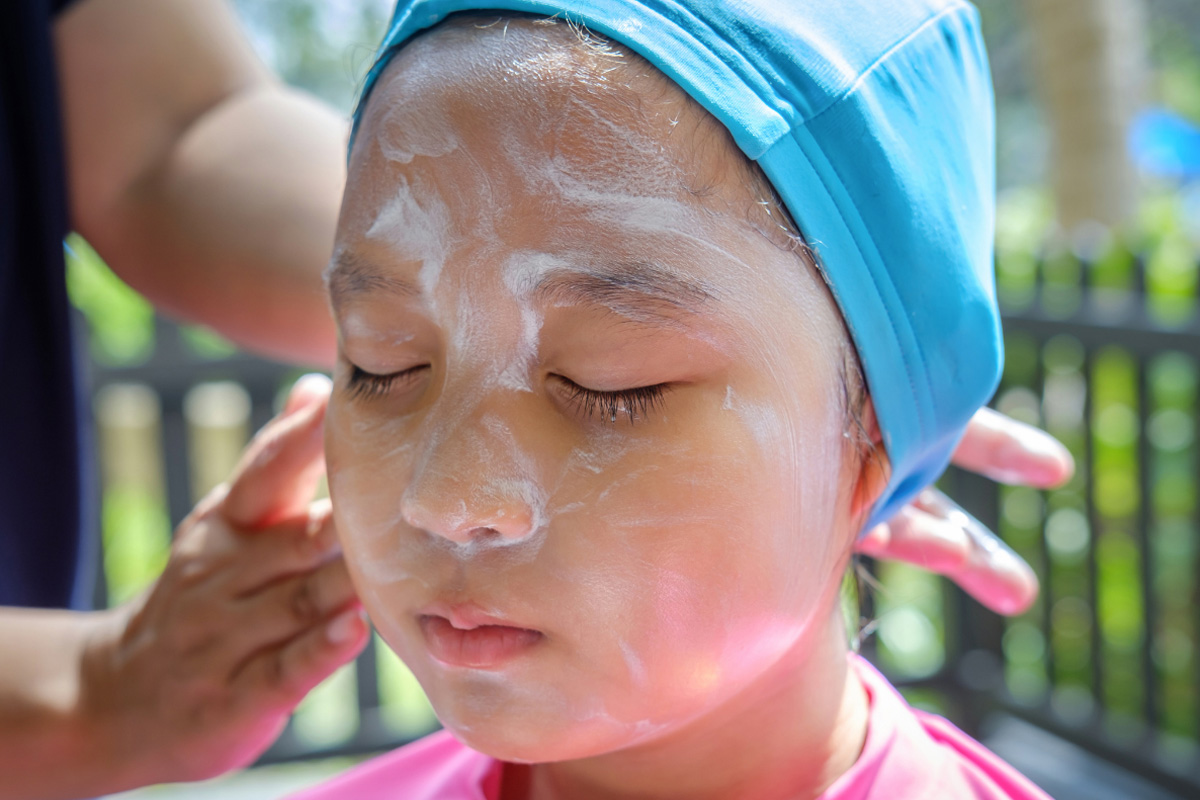
When you live in a tropical climate country like Malaysia, keeping your skin safe under the sun is a sunscreen responsibility. It’s super important that you don’t miss applying it every morning.
According to a respected, board-certified dermatologist, Dr Michael Kurzman: “Wearing sunscreen daily saves you from years of visible damage later. Sunscreen protects every skin type.”
But what does sunscreen protect our skin from? It can prevent premature ageing, as Ultraviolet (UV) radiation can damage the collagen and elastin in the skin, resulting in fine lines and wrinkles.
Applying sunscreen can also reduce the risk of hyperpigmentation. This common skin condition is when your skin is darkened in patches due to melanin production. Usually, people with darker skin are more vulnerable to hyperpigmentation.
There are other reasons, such as preventing inflammation of the skin and sun sensitivity. So, no matter what, repeat after me – sunscreen is a must!
But for something so crucial, sunscreen can be confusing. We’re here to clear things up and give you everything you need to learn about sunscreens for tropical climates.
What is a Sunscreen?
Sunscreen is an essential part of every skincare regime for 365 days a year. No matter where you are, indoors or outdoors, sunscreen helps protect your skin from damaging UV rays.
There are two main types of UV rays, and both types can cause skin cancer:
- UVB rays are responsible for sunburn and increase your cancer risk. Sunburn is skin damage, and getting it once every two years can triple your risk of melanoma skin cancer.
- UVA rays penetrate deep into the skin and play a role in premature skin ageing changes, including wrinkle formation.
The best way to keep track of these rays is to refer to the UV index. When it’s three or more, the higher the value, the greater the risk and less time it takes to damage your skin.
When you use topical sunscreen efficiently, it can decrease your chances of getting skin cancers.
3 Types of Sunscreens You Should Know
Sunscreens are categorised by the type of filters it contains that are used to combat UV rays. There are three types of sunscreens that you should know: physical, chemical, and hybrid sunscreens.
- Physical Sunscreens
Physical sunscreens are also known as mineral sunscreens.
Physical sunscreens sit on top of the skin and create a barrier that reflects UV rays away from the skin. Think of it as a mirror – UV rays bounce off and thus are not able to do harm to the skin.
The active filters commonly found in physical sunscreens are zinc oxide and titanium dioxide.
Physical sunscreens are great as it protects as soon as it is applied. So, the moment you step out of the house, your skin is already protected. However, they can leave a white cast (i.e. it can make your skin look whiter) and can feel heavy and suffocating.
- Chemical Sunscreens
Chemical sunscreens work by absorbing UV rays, converting them into heat to be released by the body.
Unlike physical sunscreens, chemical sunscreens are not immediately effective as soon as they are applied. It takes about 15 to 20 minutes after application for chemical sunscreens to achieve their full UV-ray absorbing powers, so it is best to plan your sunscreen application before being exposed to sunlight.
The active filters commonly found in chemical sunscreens include oxybenzone, avobenzone, octisalate, octocrylene, homosalate, and octinoxate.
Chemical sunscreens tend to feel lighter and are colourless, meaning they won’t leave a white cast. Because chemical sunscreens absorb into the skin instead of sitting on top, they can feel more breathable, which is especially valuable in humid climates. However, due to the number of chemicals in chemical sunscreens, they can be irritating and cause breakouts, especially for those with sensitive skin.
@thalassophile36 WHAT’S THE DIFFERENCE BETWEEN CHEMICAL AND PHYSICAL SUNSCREEN?#fypdongggggggg #fypシ #3wclinicsunblock ♬ bunyi asal – thalassophile36
- Hybrid Sunscreens
As the name implies. hybrid sunscreens are a combination of both physical and chemical sunscreens.
They contain both physical and chemical-based filters to reflect, absorb and disperse UV rays. But probably the most compelling thing about hybrid sunscreens is that they try to combine the lighter, more breathable texture of a chemical sunscreen with the fast-acting UV-ray blocking effectiveness of physical sunscreens.
Which Sunscreen is Right For Me?
If you have sensitive skin, dry skin or acne-prone skin, a physical sunscreen may be right for you.
Physical sunscreens tend to be gentler as they do not contain a long list of chemicals (like chemical sunscreens) that can irritate the skin. Physical sunscreens also tend to be more moisturising than chemical sunscreens.
If you have oily skin or combination skin, a chemical sunscreen may be right for you.
This is because chemical sunscreens absorb into the skin instead of sitting on top of the skin (like physical sunscreens do), which means that oil will not get trapped on the surface of the skin. Chemical sunscreens also feel lighter, which helps oily skin breathe. If you sweat a lot, chemical sunscreens are also more resistant to sweat and water.
Still unsure about what type of sunscreen to use?
Just take the myeppo skin quiz. Answer a few simple questions, and we will assess your skin type and recommend the right sunscreen for you instantly!
How to Apply Face Sunscreen
So, what to apply first? Sunscreen or moisturiser?
Well, start your routine with cleanser, toner, serum, moisturiser and then sunscreen. Make sure to apply sunscreen in the morning only!
Read more on how to series guide on myeppo.
For sunscreen, a baseline protection factor should be SPF 30, but SPF 50 would be more suited for Malaysians because of our high-UV-ray climate. Always choose broad-spectrum, which means that it protects from both UVA and UVB rays.
Now that you have your sunscreen ready, here’s how to apply it correctly and effectively.
Apply sunscreen after moisturiser
Do you put the sunscreen on before or after moisturiser? Well, it’s after moisturiser. According to a board-certified dermatologist in New York City, Sejal Shah. Here’s why:
“When moisturiser is applied after sunscreen, it can change the properties of your sunscreen. It can also alter the way that UV rays meet your skin,”
“Anything you apply on top can dilute the sunscreen and alter its efficacy.”
Apply sunscreen before makeup
Should you apply your sunscreen under your makeup? Well, before makeup. Put on your skincare first to ensure the nourishing ingredients absorb your skin. Then, SPF and lastly, makeup.
How about if your makeup contains SPF? Does it have an adequate amount to protect your skin?
While many foundations claim to provide SPF, the reality is that you would need to apply a ton of foundation on your face to obtain the same level of sun protection as a dedicated sunscreen. So while it’s best not to rely solely on SPF in the makeup and instead treat it as a healthy addition to a dedicated sunscreen. Plus, if you’re wearing the right sunscreen for your skin, it can provide a sleek base for your makeup application.
Make sure you use the right amount!
There are a few ways to apply sunscreen on your whole face, neck, tops of ears and chest. But, let’s tap on two methods, with the right amount.
- 1/4 – 1/2 teaspoon: Grab your measuring spoon and squeeze enough sunscreen. Then, dab the sunscreen all over your face. Start rubbing it gently from the centre of your face, up and out, as it ensures that you cover your whole face like a champ.
- Two-finger lengths: This two-finger method will be your favourite if you have lightweight sunscreen. Squeeze the product in two separate lines on your pointer and middle finger. Spread it equally and start working it in evenly.

Reapply, reapply, reapply! (Every 2 hours)
But, the application doesn’t stop here. It would be best if you reapplied sunscreen every two hours to protect your skin as much as you can since sunscreen can wear off during the day. Sweat, water, or simply friction from rubbing on clothes or facial tissue can remove sunscreen from your face, causing you to lose the protection needed throughout the day.
As a rule of thumb, if you work outside and sweat a lot, or are exercising or swimming, reapply sunscreen every 2 hours. For those with less strenuous activities, a reapplication halfway through the day should be sufficient.
Plan when you apply your sunscreen for maximum protection
Physical sunscreen works immediately upon application, so just slap it on and you’re good to go.
But chemical sunscreen takes about 15-20 minutes before your skin is exposed to sunlight to become effective.
@dermdoctor 2 Finger Rule ✅ #dermatologist #skincare #dermdoctor #sunscreen #spf #learnontiktok #fyp #beautyhacks ♬ original sound – Dr. Shah
So take that into consideration when planning out your morning routine. If you are a chemical sunscreen user, consider finishing your morning routine about 20 minutes before you leave the house.
What is the Difference Between Sunscreen and Sunblock?
You might have seen the word sunblock floating around, or remember using it as a kid.
Sunblock is another word for physical sunscreens. They reflect UV rays, “blocking” them from reaching and damaging the skin.
However, the word “sunblock” is now prohibited from being used. Why?
In a revision to its Sunscreen guidelines in 2017, the Malaysian National Pharmaceutical Regulatory Agency (NPRA) banned the use of the word “sunblock” to minimise confusion and prevent giving people a false sense of security.
See, the word sunblock may imply that the product completely “blocks” UV rays, when in actual fact no product can completely 100% block all UV rays. Use of the word may overstate its effectiveness and confuse customers.

This follows in the footsteps of the US Food and Drug Administration (FDA), banning the use of the word sunblock in 2013 for the same reason. At the time, the FDA stated:
“Manufacturers cannot label sunscreens as “waterproof” or “sweatproof,” or identify their products as “sunblocks,” because these claims overstate their effectiveness.”
Sunscreens also cannot claim to provide sun protection for more than 2 hours without reapplication or to provide protection immediately after application (for example– “instant protection”) without submitting data to support these claims and obtaining FDA approval.”
So what does this mean for you?
Now you know that if you spot sunblock term on a drugstore shelf, it’s a physical sunscreen and no matter what the brand claims, no sunscreen can block 100 per cent of UV rays.
Other than that, if you spot the term “sunblock” on any sun product being sold in Malaysia, it is also probable that the product has not been screened or approved by the NPRA. Obviously, this carries the risk that the product may contain harmful chemicals and poisons. As a rule, you should always make sure to purchase skincare products that are approved to be safe and of good quality.



